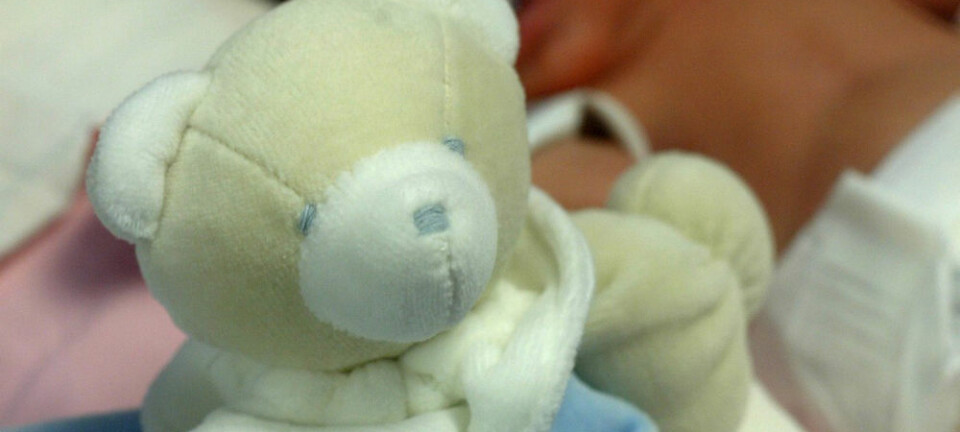
Understand the uterus and get fewer premature babies
A better understanding of in the way the uterus works could significantly reduce the number of preterm births. Icelandic researchers are looking into new methods of solving the problem.
Expulsing a new human into the world is not a simple task for the uterus. It goes through a long and highly organised act of synchronised contractions, the full details of which are yet to be discovered.
If we don’t understand how the uterus works when it is working normally, it is clear that doctors will not be as capable of intervening or preventing when, sometimes with tragic consequences, it does not do its job properly and a child is born before it is ready.
Prematurity is the most common cause of death and major health problems in the new-born baby. Prematurity can seriously affect the child’s development and can have consequences that last their entire life.
Measuring electrical activity of the uterus
Researchers at Reykjavík University have made advances in the use of the Electrohysterograph (EHG) as a tool to understand the way the uterus works.
This is a really promising technique for routine clinical use as it’s free of many of the intrinsic limitations that current standard foetal and contraction monitoring methods have.
Brynjar Karlsson
An EHG is an instrument for detecting abnormal labour by measuring electrical activity in the contracting uterus muscles during labour.
“The aim of our research is twofold,” explains Icelandic team leader, Associate Professor Brynjar Karlsson of Reykjavík University School of Science and Engineering. “We want to understand what the electrical activity of the uterus can tell us specifically about the risk of premature birth, and we also simply want a better understanding of how the uterus works.”
Novel approach to EHG
This idea of using the externally detected electrical activity of the uterus to predict preterm labour is not new and a lot of work has already been put into it.
“What’s novel about our approach” says Karlsson, “is that instead of using the signal from one or two isolated places on the expectant mother’s abdomen, we use a matrix of electrodes to give us a much more complete picture of the organisation and operation of the uterus as pregnancy reaches its conclusion”.
The method enables researchers to map the propagation of the signals and to investigate the organisation of the contractions.
Early results
Results so far include methods of visualising the electrical activity taking place in the uterus and novel signal processing methods to distinguish normal pregnancy contractions from active labour contractions.
“This is a really promising technique for routine clinical use,” says Karlsson. “It’s free of many of the intrinsic limitations that current standard foetal and contraction monitoring methods have.”
The measurements and the visualisation techniques will be used in a European ERASysBio+ project, which aims to model the uterus from the cell up to the organ level. The models developed in the European project will be calibrated by the real measurements provided by the Icelandic team.
Large clinical trials are needed to demonstrate the usefulness of premature labour predicting methods. Clinical studies using the system developed by the Icelandic team are currently under way in Iceland, Holland, France and Slovenia.
New way of monitoring pregnancy
Karlsson believes this could be the beginning of a major shift in the way pregnancy is monitored. He says the information provided by this new technique can help doctors deal more decisively with the threat of premature labour.
“This technique will provide us with some valuable new tools, such as wearable monitors that will increase the use of monitoring when necessary and better analysis that will lead to less monitoring and treatment when it isn’t necessary.”










